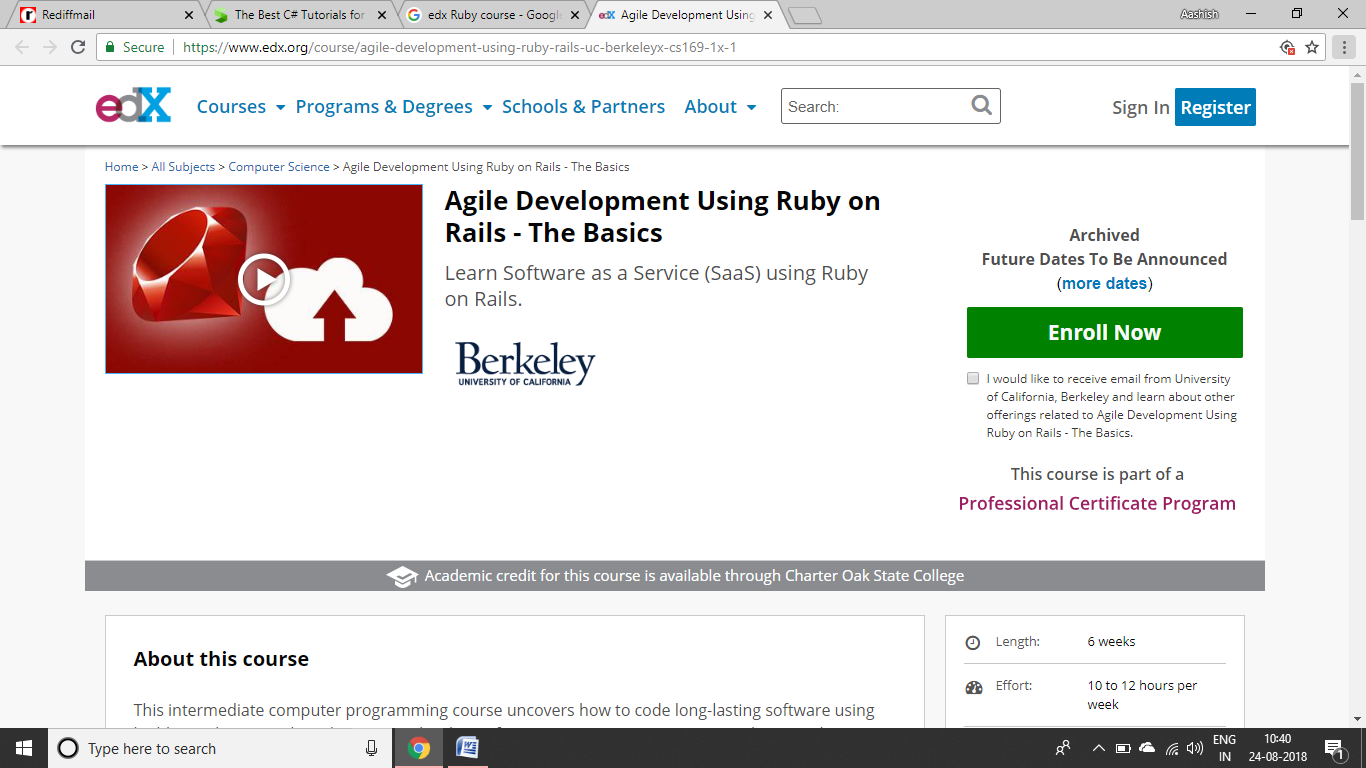

The app allows the user to enter the information for the flyer and select a photo either from the photo library or from the camera. The flyer will contain a title, image, body text and several tear-off tabs at the bottom. In this tutorial, you’ll build an app to create a simple flyer. The coordinates originate at the bottom left of the page and increase going upward and to the right. The page uses a coordinate system with 72 points to each printed inch. Each page contains text, images, hyperlinks and/or annotations.
#Ruby pdfkit pdf#
The specification also allows simple password protection to restrict access and printing.Ī PDF document contains pages corresponding to the pages of a printed document. The file may include metadata that provides information about the document. Getting StartedĪ PDF document consists of a single file ending in the. Familiarity with Core Text and Core Graphics will be useful but isn’t required. You should have a basic understanding of iOS app development before proceeding. In this tutorial, you’ll build an app that creates a simple flyer as a PDF based on information the user enters. While the most common use of PDFKit is adding the ability to view PDF documents to an app, you can also use it to create and change PDF files. It provides libraries to display, create and manipulate PDF documents. For many apps, creating a PDF adds value for the user. This standard allows you to create electronic documents that look like printed documents. Adobe invented the PDF format, but it’s now an open standard that defines a document containing text, images and interactive elements. I put a pdfkit.rb in my initializers directory with the following in: nfigure do |config|Ĭonfig.wkhtmltopdf = '/usr/local/bin/wkhtmltopdf' if ?īingo! PDF downloads are now running on the site.A PDF document acts as a bridge between online and printed documents. This worked perfectly and all that remained was to tell PDFKit where to find this new binary. Mv wkhtmltopdf-amd64 /usr/local/bin/wkhtmltopdf


#Ruby pdfkit install#
Sudo aptitude install openssl build-essential xorg libssl-dev Looking at the installation instructions page we find this snippet of joy labelled ‘Or….’ under Linux (Ubuntu): # first, installing dependencies So what now? Well after a bit of Googling I was starting to get worried, until somebody (I forget where, but thank you!) mentioned that the binaries that can be downloaded from the project’s repo are built against qt and don’t depend on X running! Result! It turns out that the standard wkhtmltopdf package needs the server to have a window manager running and the chances are your server, like this one, doesn’t have a GUI interface. Huh? I then tried to run the command from the command line to see if I could get a more useful error message: $ wkhtmltopdf google.pdfĭamn. Wat!? Looking in the log file: command failed: "/usr/bin/wkhtmltopdf" "-page-size" "Letter"
#Ruby pdfkit download#
To grab the package, loaded up the site and hit the download button: Internal Server Error. I did a quick sudo apt-get install wkhtmltopdf
#Ruby pdfkit code#
Very pleased with my new sexy PDF reports I wanted to push my code to the server. First add a line to the Gemfile gem 'pdfkit'Īnd then install the wkhtmltopdf library using brew install wkhtmltopdf And then I tried to deploy to a server… What could be simpler? To get this up and running there were a couple steps. Where the :action option is a path to a view file. Html = render_to_string(:action => './pdf/my_template', :layout => false) In my controller I simply have: def download_pdf The API is perfect: have some HTML, give me a PDF back. I’ve been using the rather excellent PDFKit library on a recent Ruby on Rails project to generate PDF reports.


 0 kommentar(er)
0 kommentar(er)
